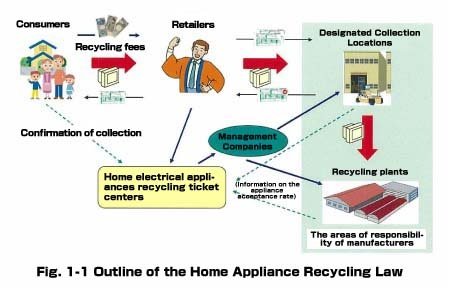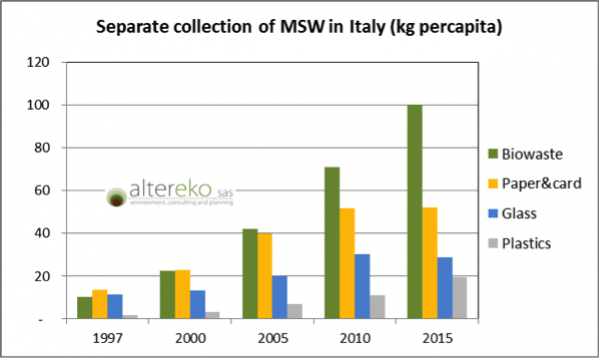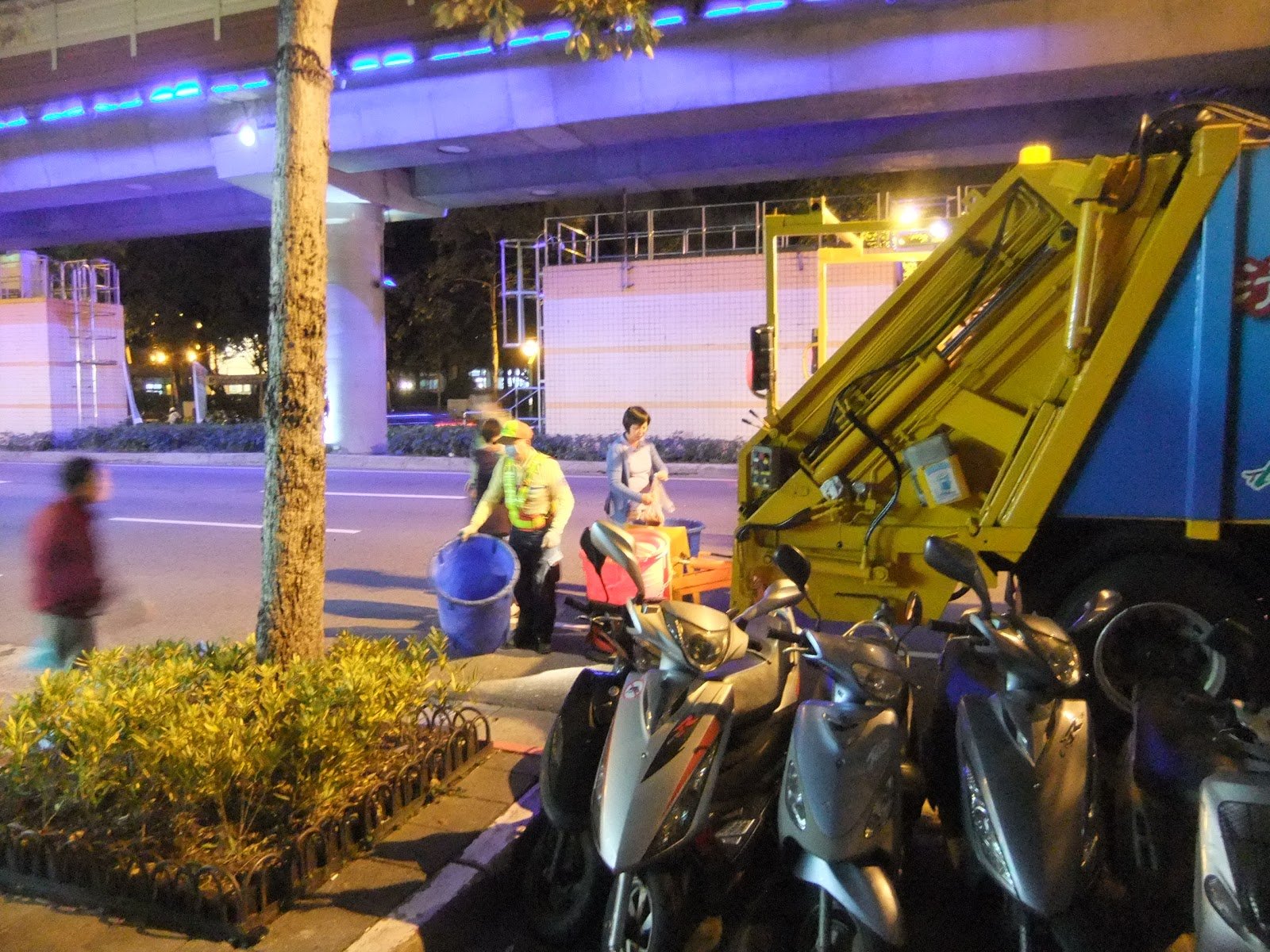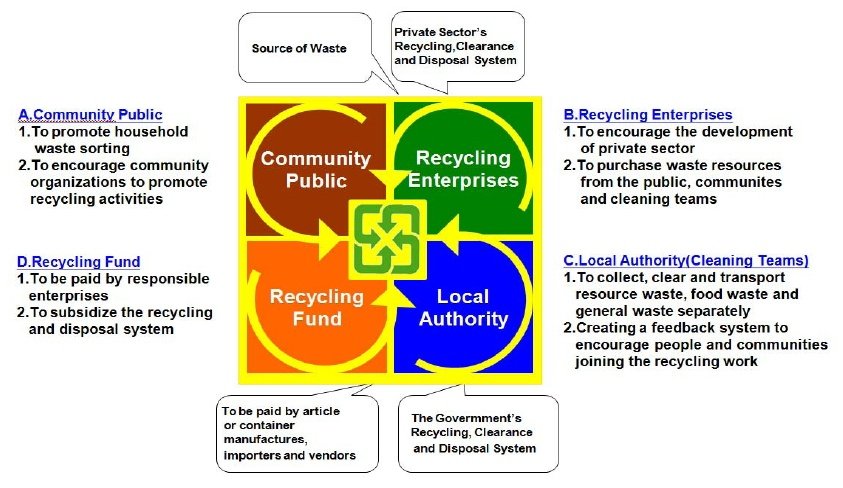4 Recycling Practices Around the World That You Can Learn From for 2018

Public interest in recycling around the world has jumped significantly in the last decade across industrialized nations. This can be attributed to a variety of factors such as concerns about preserving limited landfill space, reducing water pollution, protecting wildlife and more.
As a response, municipal governments and private waste management organizers have implemented different strategies ranging from banning recyclables from landfills to encouraging consumers to buy more recycled products to making throwing out waste more expensive. However, no single policy is the complete solution to increasing waste diversion rates though most policies include a combination of goals, financial incentives and public education.
Below are a few successful recycling practices from 4 different places that may provide some inspiration for your program:
- Japan
In Japan, the Home Appliance Recycling Law implemented in 2001 places the responsibility of recycling an appliance on everyone, which helps reduce the “out of sight, out of mind” mentality:
 Source: APEC Virtual Center for Environmental Technology Exchange
Source: APEC Virtual Center for Environmental Technology Exchange
- Consumers pay a collection, transport and recycling fee.
- Retailers are obliged to collect and transport the appliances to manufacturers or a designated body (i.e. Association for Electric Home Appliances).
- Manufacturers are obliged to recycle the appliances.
- Municipal governments are required to promote the collection, transportation and recycling of used home appliances and may help deliver the collected appliances to manufacturers.
There are also minimum recycling rates set for each type of appliance for manufacturers. For example, the minimum rate for televisions is 50% while the minimum rate for air conditions is a higher 70%.
The result of this law?
Japan recycles 98% of its metals – and of the appliances that are recycled, 74-80% of the materials they contain are recovered and go back to manufacturing of the same type of product.
- Italy
The City of Milan in Italy rolled out door-to-door collection of organic (food) waste for certain areas in 2012, and in just a year-and-a-half, extended the service to all of its 1.36 million residents in the city.
Residents sort leftovers into small kitchen bins lined with biodegradable bags (which 82% of Milan residents say they don’t mind putting leftover food in a specific bin). The bags are then collected through twice-a-week curbside collections and fed into an anaerobic digestion plant that produces energy and compost.
To ensure participation, the city made sure to inform and involve residents by using a dedicated app and free vented kitchen bins were delivered to all households.
The result of this program?

Each year, over 300,000 tons of organic waste arrives at the plant, generating 9MW of energy to power the plastic recycling plant on the other side of the site. Additionally, the current recycling (composting) rate of food waste in Milan is already above EU’s target of “50% by 2020”.
- Germany
Germany follows a “reward recycling and penalize garbage” mentality, also known as a Pay-As-You-Throw system.
Waste management policies vary from city to city; however, regardless of whether there’s a fixed fee for a bin of a certain volume or the fee is based on per pound of garbage/recycling/food waste, it is a lot more expensive for residents to have their garbage collected than recyclables or food waste.
For example, in the City of Hamburg, using the recycling bins (i.e. blue paper bin) is free. Fees are only for waste collection and food waste collection (which is a percentage of the waste fee). This fee structure is designed to motivate residents to recycle more and separate the recyclables.
Additionally, Germany has limited the organic content of waste going to landfills at 3% and introduced manufacturer and distributor’s responsibility for the packing they created.
The result is that even though Germany generates 50+ million tons of waste per year from its 82.5 people, over 87% of that waste is recycled
- Taiwan
With a current rate of approximately 55%, you’d be surprised to learn that it was once known as “Garbage Island”.
This change started in 1997 when Taiwan introduced the “4-in-1 Recycling Program”.
This is a system that uses recycling fees collected from manufacturers and importers to establish a Recycling Fund to subsidize private recyclers and local governments for recycling collection. Ultimately, it also fosters collaboration and responsibility between residents, local governments, recycling businesses, and the Recycling Fund Management Board.
On the note of responsibility – two Taiwanese cities including the capital city of Taipei introduced a remarkably effectively Pay-As-You-Throw system. Taipei requires its residents to use an official taxed garbage bag to dispose of general waste; however, recycling is free and can be contained in any type of bag. It is estimated that by 2003, the introduction of this system had reduced waste production by 28.3% compared to 1999 and had increased the recycling rate from 2.3% to 23%.
On top of that, Taiwan also adopts the following policies:
- 2006: TEPA (Taiwan Environmental Protection Agency) requested government agencies and schools to stop using disposable tableware, which was later extended to paper cups as well.
- 2010: A legislation was passed by the government that requires retailers selling electronics to take back and recycle these products.
- 2011: Fast food and beverage chains were required by TEPA to incentives for customers who brought their own cups. The other option is the pay customers $0.03 USD for every two cups they return.
- Most businesses which sell beverages are required to install bins for consumers to drop-off empty containers.
 Taiwan’s Waste Disposal Act requires the public to take their recyclable waste directly to the collection trucks. Taiwan has turned this into a social event with fleets of distinctive yellow garbage trucks visiting over 4,000 pickup spots five nights a week – playing the sound of Beethoven’s Für Elise. Volunteers and officials stand on the back of the recycling truck ready to help people sort their recyclables correctly. Mobile apps let residents track the trucks and alert them whenever one is nearby.
Taiwan’s Waste Disposal Act requires the public to take their recyclable waste directly to the collection trucks. Taiwan has turned this into a social event with fleets of distinctive yellow garbage trucks visiting over 4,000 pickup spots five nights a week – playing the sound of Beethoven’s Für Elise. Volunteers and officials stand on the back of the recycling truck ready to help people sort their recyclables correctly. Mobile apps let residents track the trucks and alert them whenever one is nearby.
- To encourage food scrap recovery, the national government provides subsidies to local governments for education, promotion, and composting facilities.
The result? Since 1997, the country’s citizens only throw out 1/3rd of what they used to and have increased their recycling by 10 times.
Overall, 3 key takeaways for the successes of these recycling practices are:
- Establish accountability for everyone’s role in recycling: This can be users, retailers, manufacturers, importers, schools, and municipal governments. A program to incorporate everyone will result in more success.
- Financial incentive works. The effect money has on ingrained habits is astounding. If residents have to pay more for waste and less for recycling (correctly), the logical choice would be to actively recycle correctly.
- Convenience is key. Whether it’s having garbage trucks collect waste and recycling almost every night at designated spots or implementing curbside collection, if something is more convenient, people are more likely to do it.
What are some recycling practices you find that work well? Share them in the comments below.
